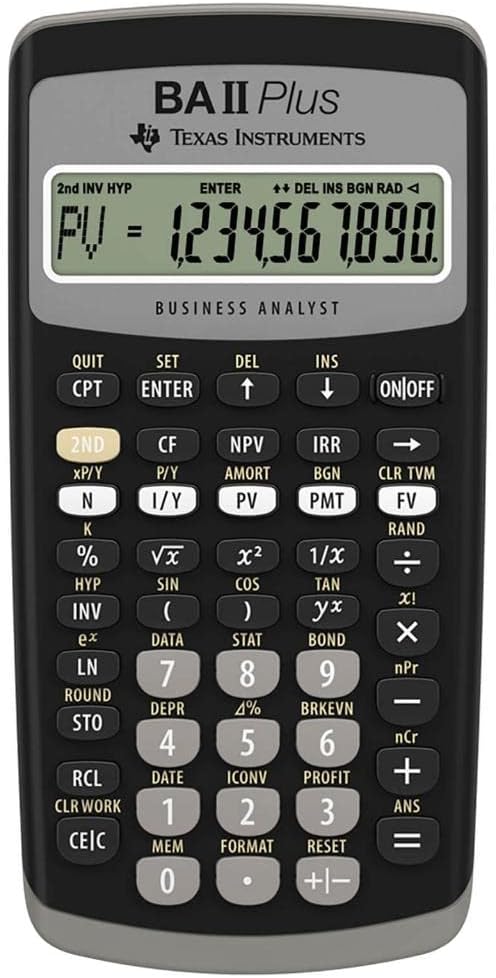I was shocked to see a video on YouTube where a guy shared how Dividend Reinvestment helped him become a millionaire. It made me realize that reinvesting dividends in companies that are fundamentally sound is not often cited anymore. Obviously, it's not that fast approach to wealth accumulation everyone is seeking. It's actually fairly slow compared to other investment strategies.
The DRIP option is a fantastic way for businesses to return capital to their owners while allowing investors to build compounding wealth over time. When an investor decides to reinvest the dividend, rather than taking the gains and allocating them elsewhere in their life, they are essentially casting a continuous vote of confidence in the company by purchasing additional shares. This consistent reinvestment creates a compounding effect that can significantly increase the value of an investment over time.
Dividend Reinvestment Plans (DRIP) are a powerful tool for long-term investors looking to maximize their returns. When an investor participates in a DRIP, the dividends paid by a company are reinvested automatically to purchase more shares of that company's stock instead of being paid out in cash. This approach allows for the compounding of returns, which can significantly enhance the growth of an investment portfolio over time. However, while DRIPs offer several benefits, they come with specific tax implications and considerations that investors need to be aware of.
Taxes
Even though dividends are reinvested instead of paid out in cash, they are still subject to taxes. This is because taxes are reported on an accrual basis, meaning dividends are taxed when they are earned, even if reinvested. Essentially, the investor did receive the dividend in cash but chose to use it to purchase more stock. I've heard complaints from investors who misunderstood this concept, as it can be a tricky point to grasp.
One of the main benefits of DRIPs, however, is the avoidance of commissions and transaction fees, which can eat into returns over time. Most companies that offer DRIPs do so without charging any fees for reinvesting dividends, allowing investors to accumulate additional shares without incurring transaction costs from their Broker. This can be particularly advantageous for smaller investments or for investors who wish to maximize the number of shares they can acquire.
Compounding and Frequency: The Key to Higher Returns
Compounding is one of the most powerful concepts in investing (Once cited by Warren Buffett). When dividends are reinvested, the investor receives more shares, which in turn generate more dividends, leading to a cycle of growth. The more frequently dividends are reinvested, the more pronounced the effect of compounding becomes. This is why DRIPs are often associated with long-term wealth accumulation.
The frequency of compounding can significantly affect the returns an investor realizes. Compounding can occur on different timeframes—daily, monthly, or quarterly—depending on the specific DRIP program. The more often the dividends are reinvested, the faster the portfolio grows.
Formula to Calculate Compounding
To understand the impact of compounding over time, we can use the compound interest formula:
Where:
- A = the amount of money accumulated after n years, including interest.
- P = the principal amount (the initial investment).
- r = the annual interest rate (dividend yield).
- n = the number of times that interest is compounded per year.
- t = the number of years the money is invested or borrowed for.
Example: Investing in UPS with and without DRIP
Let’s consider an example where you invest $400 per month into UPS stock. We’ll compare two scenarios: one where you reinvest the dividends (with compounding) and one where you don’t (without compounding). I assumed an annual dividend yield of 5.05%, without attempting to apply dividend growth, and that the dividends are reinvested quarterly.
Scenario 1: Without Compounding (Dividends Taken as Cash)
In this case, the calculation remains the same as before. You receive your dividends as cash, and there is no reinvestment. Therefore, you are adding $400 each month to your initial investment. Over 10 years, your total investment is:
Scenario 2: With DRIP (Quarterly Reinvestment)
In this scenario, you reinvest your dividends quarterly. Using the compound interest formula with quarterly compounding, the formula becomes:
Total Investment:
|
|
Now, using a financial calculator or software, we can calculate the total value of your investment after 10 years with quarterly reinvestment. The total portfolio value of UPS should grow to approximately $74,785 after 10 years with quarterly reinvestment. Again, this is without trying to predict changes in the dividend payments. UPS has historically increased their dividends. This shows how even with quarterly compounding; DRIP still provides significant growth due to the compounding effect over time. |
Turning Off DRIP: Flexibility for Investors
While DRIPs are a great way to grow your portfolio, investors do have the option to turn them off. It’s important to note that if you wish to stop reinvesting your dividends, you must do so within a specific timeframe before the ex-dividend date or the pay date for the change to take effect. If you miss the cutoff, the dividends will still be reinvested, and you’ll have to wait until the next cycle.
Considerations for Reinvesting Dividends
Reinvesting dividends is essentially the same as allocating capital from your employment or business into the stock. However, it’s important to remember that you should only reinvest dividends in stocks you still want to own or accumulate shares of. If you believe the stock is no longer a good investment, it may be better to take the cash and reinvest it elsewhere or hold onto it.
Reinvesting dividends in a company you are confident in, however, can provide substantial long-term growth. It's essential to ensure that your DRIP investments are aligned with your overall investment strategy and goals.
